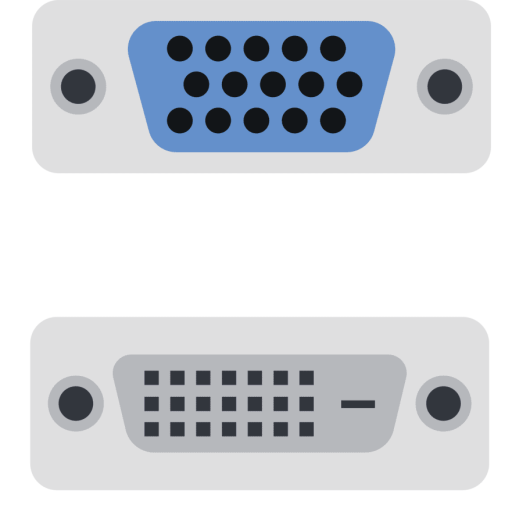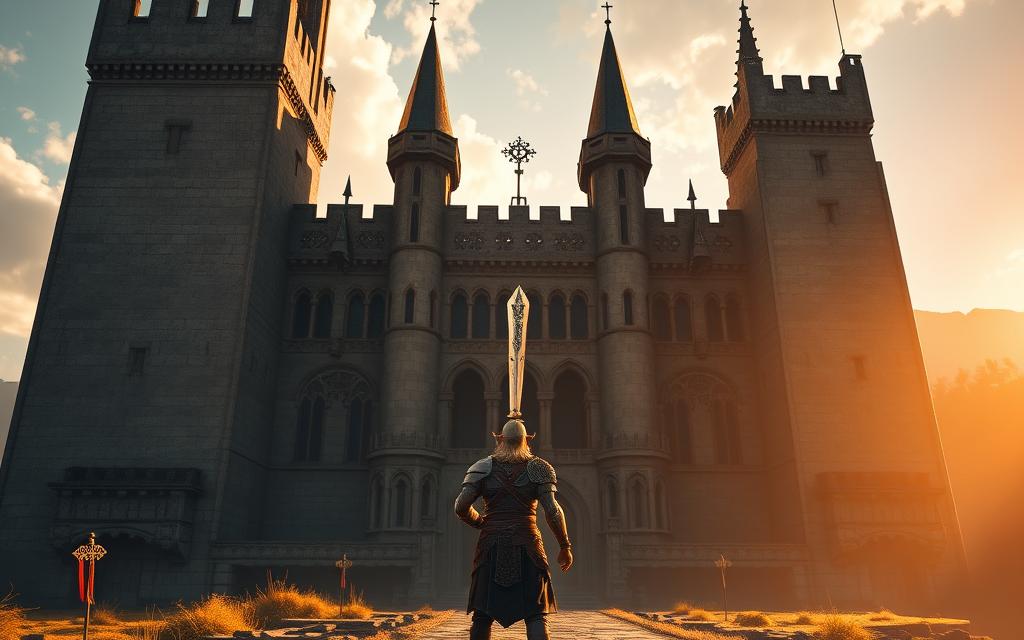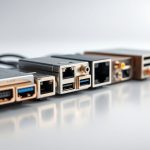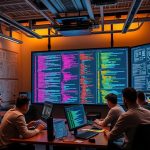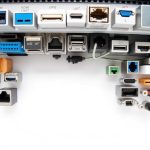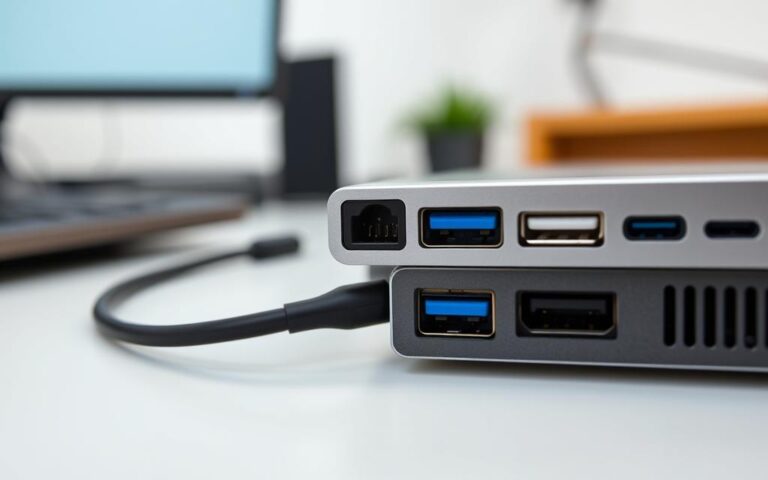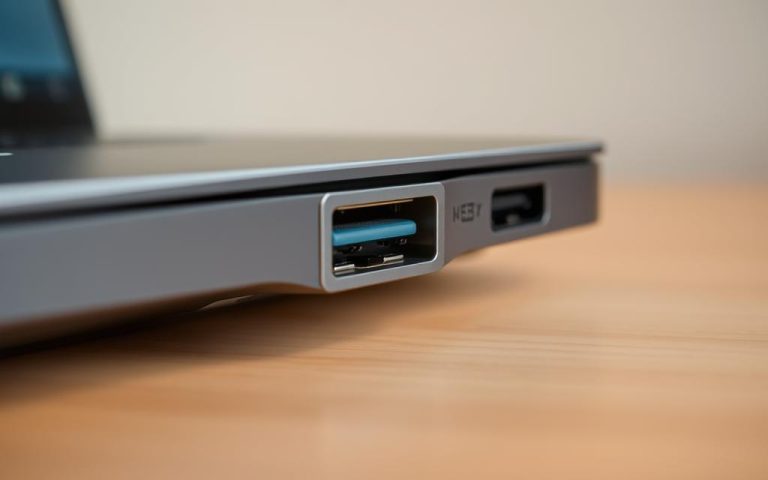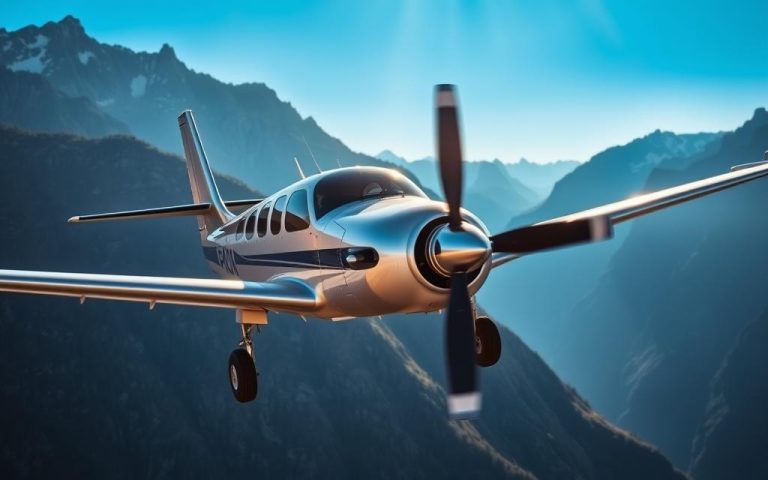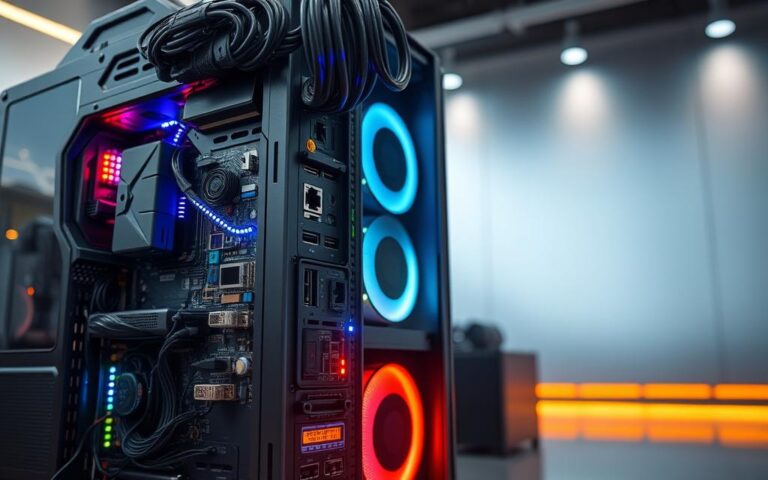Infinity Blade PC Port: What to Expect
The Infinity Blade game, originally released in 2010 by Chair Entertainment, was a groundbreaking achievement in mobile gaming. However, after being delisted from the App Store in 2018 and subsequently removed in 2020, the game became impossible to obtain legally. The Infinity Blade PC port aims to preserve this classic gaming experience.
This preservation effort brings the complete Infinity Blade experience to Windows PCs, with enhanced features and optimisations for computer gameplay. Players can expect improved visual quality and customisable controls, adapting the original touch-based controls to keyboard and mouse inputs.
The PC port is not just a simple transfer; it’s a comprehensive preservation of a gaming archive, allowing users to download and enjoy the files that were previously inaccessible. This article will guide you through downloading, installing, and optimising the Infinity Blade PC port for the best gaming experience.
The Legacy of Infinity Blade
When Infinity Blade first launched, it revolutionized the mobile gaming landscape. The game’s innovative design and technical capabilities set a new benchmark for the industry.
The impact of Infinity Blade can be understood through its influence on subsequent mobile games. Its legacy is multifaceted, contributing to both the evolution of mobile gaming and the preservation of gaming history.
A Groundbreaking Mobile Game
Infinity Blade was notable for its high-quality graphics and engaging gameplay. It was one of the first mobile games to achieve a console-like experience on a handheld device.
Why the PC Port Matters
The PC port of Infinity Blade is significant because it preserves a piece of gaming history. By bringing this game to a new platform, it ensures that the title remains accessible to gamers and researchers alike.
The importance of preserving gaming history cannot be overstated. Games like Infinity Blade have shaped the industry into what it is today.
| Aspect | Original Game | PC Port |
|---|---|---|
| Graphics | Limited by mobile hardware | Enhanced for PC hardware |
| Controls | Touchscreen | Keyboard and mouse |
| Accessibility | Removed from App Store in 2018 | Available on PC |
How to Download and Install the Infinity Blade PC Port
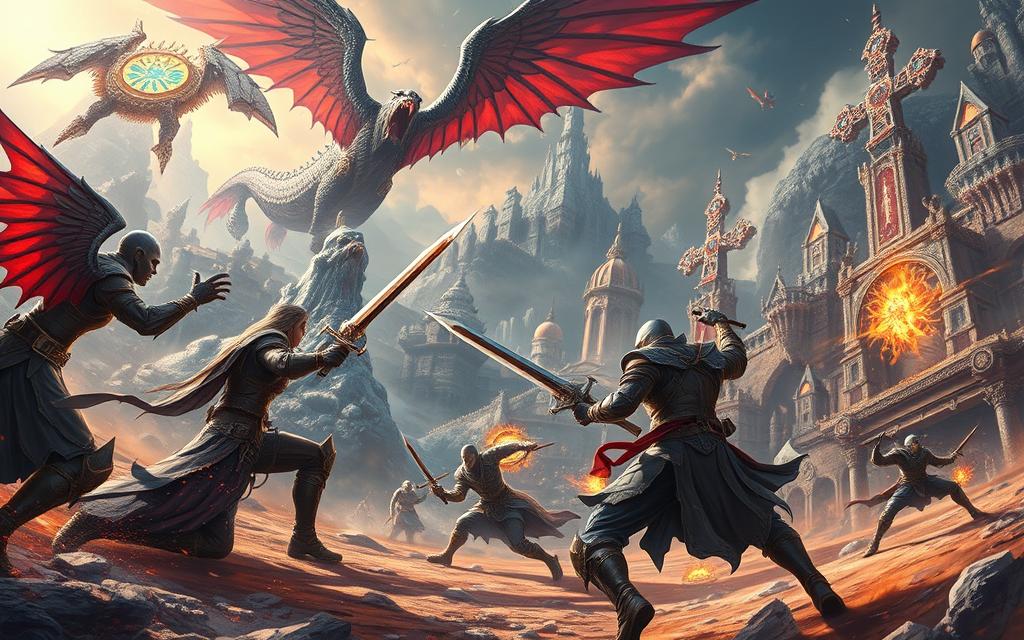
Getting started with the Infinity Blade PC port involves a simple download and installation process. To begin, you’ll need to acquire the necessary files.
Finding the Port Files
The first step is to download the Infinity Blade PC port archive from a reliable source. Ensure that you’re downloading from a reputable site to avoid any potential risks.
Once you’ve obtained the 7z archive, you’ll need to extract its contents using a suitable extraction tool like 7-Zip or WinRAR.
Installation Process
The installation process begins with extracting the downloaded archive to a location of your choice. After extraction, navigate to the newly created folder containing the Infinity Blade files and locate the “Binaries” subfolder.
Within the Binaries folder, you’ll find the “Infinity Blade Launcher” executable. Run this to play the game. If Windows security features warn you about the unknown publisher, select “More Info” and then “Run Anyway.”
System Requirements for the PC Port
To run the Infinity Blade PC port smoothly, your system must meet certain requirements. This ensures that the game functions correctly and provides an optimal gaming experience.
Minimum Hardware Specifications
The Infinity Blade PC port requires a certain level of hardware performance. While the game was originally designed for mobile devices, the PC port demands more robust specifications to handle the enhanced graphics and gameplay.
Required Software Components
The game relies on specific software components to function. The DirectX9 runtime is essential, as Infinity Blade was built using Unreal Engine3, which relies on this graphics API. You can download the DirectX9 runtime from Microsoft’s website if it’s not already installed. Additionally, the Visual C++2010 redistributable package is required, providing necessary runtime libraries for the game’s proper functioning. Linux users running the game through Wine or Proton must ensure these Windows components are properly installed.
Steam Deck users benefit from Valve’s pre-configured Proton environment, which typically includes these necessary components. The launcher will detect missing software components and provide warnings, helping users identify what needs to be installed. As Epic Games’ Unreal Engine3 relies heavily on DirectX, ensuring the correct runtime is installed is crucial for a smooth gaming experience.
Setting Up the Launcher and Configuration
The Infinity Blade PC port’s launcher is the gateway to a seamless gaming experience, allowing users to tweak graphical settings and more. This crucial component provides users with the tools to customise their gaming experience through various settings.
Navigating the Launcher Interface
The launcher’s interface is designed to be user-friendly, allowing players to easily navigate through various options. It can now resolve the correct user documents folder even when it’s in a non-default location, such as when using OneDrive. The game window takes the full size of the monitor when fullscreened and remembers the previous windowed size and position, enhancing user convenience.
Optimising Graphical Settings
 graphical settings in the launcher enable users to fine-tune the visual experience based on their hardware capabilities and personal preferences. Options include improved textures, dynamic shadows, godrays, bloom effects, and anti-aliasing. The launcher intelligently manages interdependent settings, such as disabling godrays when bloom is turned off to prevent visual artifacts. This ensures a smoother gaming experience, especially for users with less powerful hardware.
graphical settings in the launcher enable users to fine-tune the visual experience based on their hardware capabilities and personal preferences. Options include improved textures, dynamic shadows, godrays, bloom effects, and anti-aliasing. The launcher intelligently manages interdependent settings, such as disabling godrays when bloom is turned off to prevent visual artifacts. This ensures a smoother gaming experience, especially for users with less powerful hardware.
As one developer noted,
“The key to a great gaming experience is not just about raw power, but about how well the game is optimised for various hardware configurations.”
The Infinity Blade PC port’s launcher is designed with this principle in mind, offering a range of options to suit different systems.
Controls and Gameplay on PC
The Infinity Blade PC port offers a tailored gaming experience with its customisable controls. This feature is particularly beneficial for players who prefer personalised keybinds.
Default Control Scheme
The default control scheme is designed to be intuitive, allowing players to dive into the game seamlessly. The launcher provides a comprehensive keybinding interface, enabling players to assign keyboard or mouse inputs to various game actions.
Customising Keybinds
Players can customise keybinds to suit their preferences, creating tailored control schemes. The ability to set up keybinds for console commands is particularly useful for advanced users. With multiple input support for the same action and sensitivity settings for actions like dodging, players can fine-tune their gaming experience. The port includes predefined keybinds profiles, offering a good starting point for customisation.
Enhanced Features of the Infinity Blade PC Port
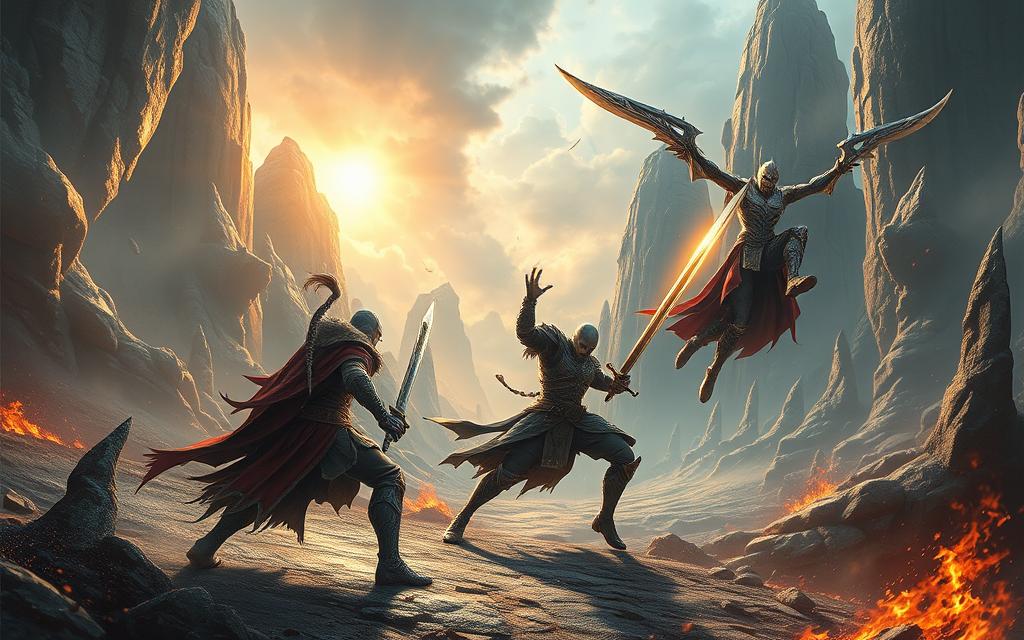
The Infinity Blade PC port offers a range of improvements that significantly enhance gameplay. This version is designed to provide a smoother and more responsive experience for the player.
Visual Improvements
The PC port includes several visual enhancements that improve the overall gaming experience. Optimized specular textures provide better visual quality while maintaining good performance. The removal of dependencies on proprietary technologies like Nvidia’s PhysX and Apex Clothing has also improved compatibility across different GPU manufacturers.
Performance Enhancements
The PC port has undergone numerous performance optimizations, allowing the game to run smoothly across a wide range of hardware configurations. The game engine has been adapted to better utilize multi-core processors, providing performance benefits on modern CPU architectures. Additionally, memory usage has been optimized, and loading times have been reduced, ensuring a seamless gaming experience.
Troubleshooting Common Issues
When running the Infinity Blade PC port, users may encounter several common issues that can be resolved through troubleshooting. These issues can range from problems with the DirectX runtime to difficulties with save file management.
DirectX Runtime Problems
DirectX runtime issues can prevent the game from launching or running smoothly. To resolve these problems, ensure that your DirectX is up to date. If issues persist, try reinstalling the runtime or verifying the integrity of the game files if you’re using a platform like Steam. Keeping your DirectX runtime updated is crucial for optimal game performance.
Save File Management
Save files for the Infinity Blade PC port are stored in the user documents folder, under ‘My Games/Infinity Blade/SwordGame/Saves’. Issues can arise if Windows’ Controlled Folder Access feature is enabled and the game isn’t whitelisted, preventing the game from writing save files. To resolve this, users can either add the game executables to the whitelist or temporarily disable the feature. Regularly backing up save files is recommended to prevent loss of progress. The game’s save file management allows for multiple save files, making it easy for different players to maintain separate progress on the same computer.
Conclusion
The Infinity Blade PC port is a monumental achievement in preserving gaming history. Through the efforts of dedicated fans, the original Infinity Blade experience is now available on modern PC hardware. This port maintains the core gameplay that made Infinity Blade revolutionary, adapting controls for keyboard and mouse input. With enhanced visuals and performance, players can enjoy the game with improved graphics. The preservation of Infinity Blade ensures future generations can experience this groundbreaking title. From battling the God King to mastering the combat system, the full Infinity Blade experience is now accessible to PC gamers worldwide.
FAQ
What are the system requirements for running the Infinity Blade PC Port?
The minimum hardware specifications and required software components are detailed in the system requirements section. Ensure your Windows PC meets these requirements for a smooth gaming experience.
How do I customise the controls in the game?
The default control scheme can be modified by accessing the keybinds options within the game’s settings. This allows players to tailor the controls to their preferences.
Where are the game saves stored on my PC?
The saves are stored in the User Documents folder. You can locate this folder by navigating to your user documents directory, where the game’s save files will be stored.
I’m experiencing issues with the DirectX runtime. How can I resolve this?
DirectX runtime problems can often be resolved by downloading and installing the latest version from the Microsoft website. Ensure you have the necessary runtime components installed.
Can I optimise the graphical settings for better performance?
Yes, the graphical settings can be adjusted within the launcher to optimise performance. Experiment with different settings to find the best balance between visuals and performance for your PC.
Are there any visual improvements in the PC Port compared to the original game?
The PC Port features visual improvements, including enhanced textures and graphical fidelity, thanks to the Unreal Engine. These improvements provide a more immersive gaming experience.
How do I quit the game properly?
To quit the game, use the in-game menu or the launcher interface. This ensures that the game is properly closed, and any saves are correctly stored.
Is the game compatible with the Steam Deck?
While the game is designed for Windows PCs, some users have reported success running it on the Steam Deck. However, compatibility is not guaranteed, and performance may vary.
